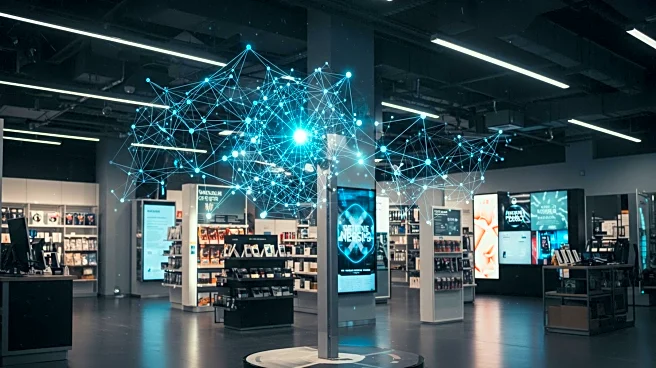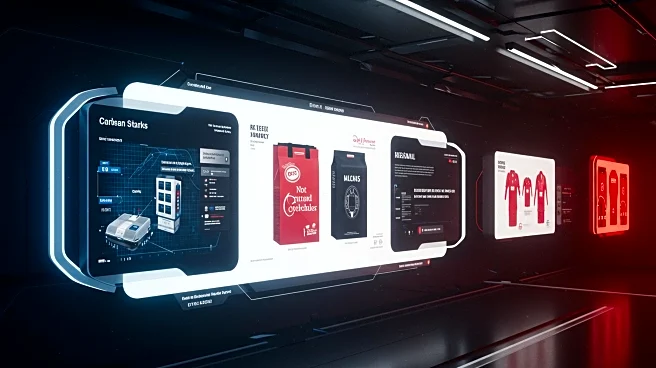What is the story about?
What's Happening?
Retailers are increasingly turning to predictive modeling to improve advertising attribution, which traditionally struggles to accurately credit the actions leading to conversions. This method offers a more sophisticated approach than multi-touch attribution (MTA) by simulating outcomes and measuring the impact of ads across channels. Cameron Bush, Vice President of Digital Transformation at Meyer, highlights the benefits of using predictive models, such as Prescient AI, which provide detailed insights into revenue generation from platforms like Shopify and Amazon. Predictive modeling combines media mix modeling (MMM) with campaign-level outputs, helping marketers understand the influence of channels and campaigns on overall revenue.
Why It's Important?
The adoption of predictive modeling in advertising attribution is significant for U.S. retailers as it offers a clearer understanding of how marketing investments drive revenue. This approach can lead to better budget allocation and enhance the effectiveness of branding and content strategies. By reducing debates over metrics, marketing teams can focus more on creativity and campaign planning. The ability to forecast the impact of changes in promotional spend with high confidence can lead to more informed decision-making, potentially increasing profitability and competitive advantage in the retail sector.
What's Next?
As predictive modeling becomes more prevalent, retailers may experience a shift in media buying strategies, with increased automation in placing bids and adjusting spend. This could lead to a renaissance in creativity and content as marketers delegate channel identification tasks. The success of predictive modeling could transform promotions for ecommerce and omnichannel businesses, similar to weather forecasting, where marketers focus on broader trends rather than individual touchpoints.
AI Generated Content
Do you find this article useful?











